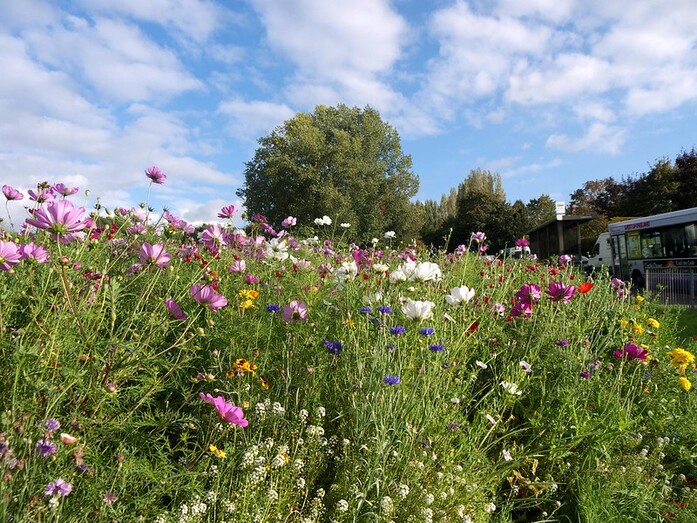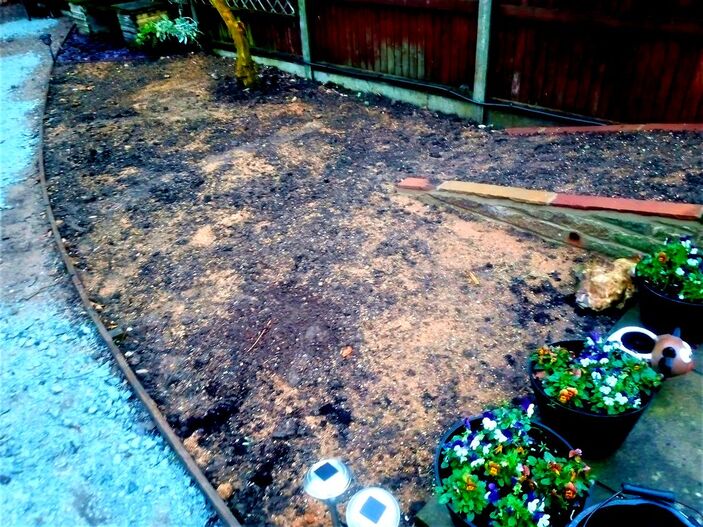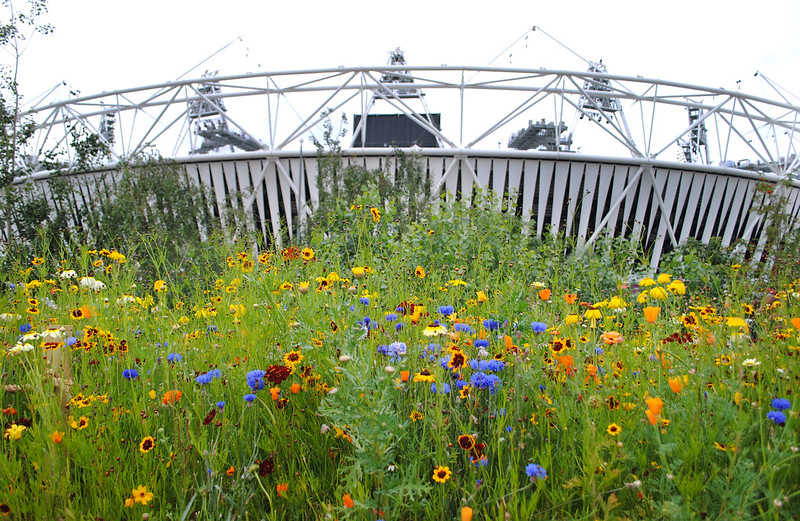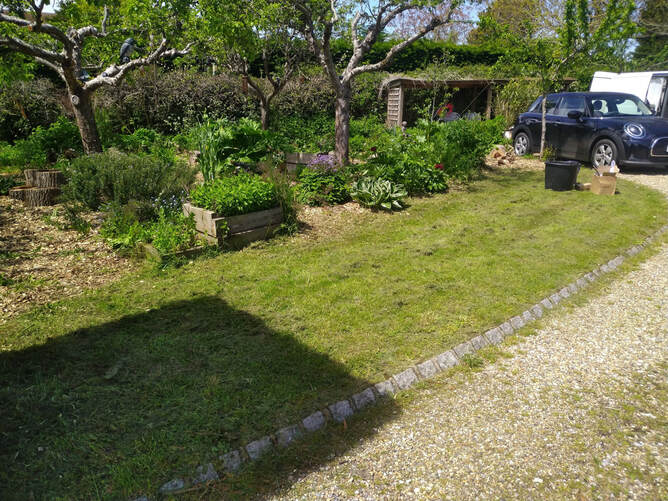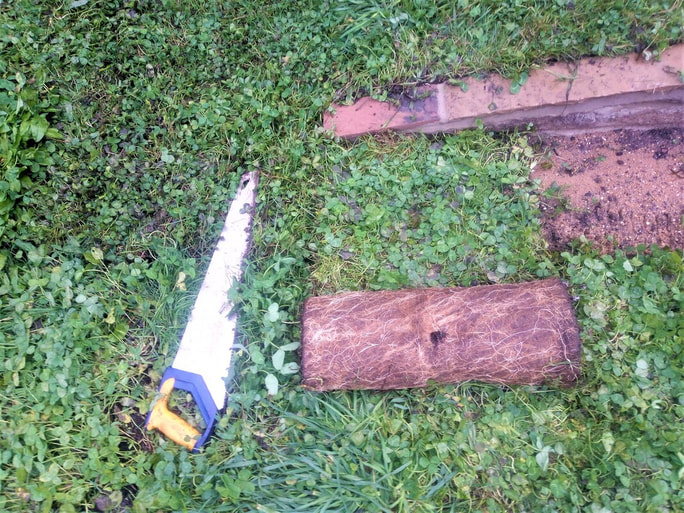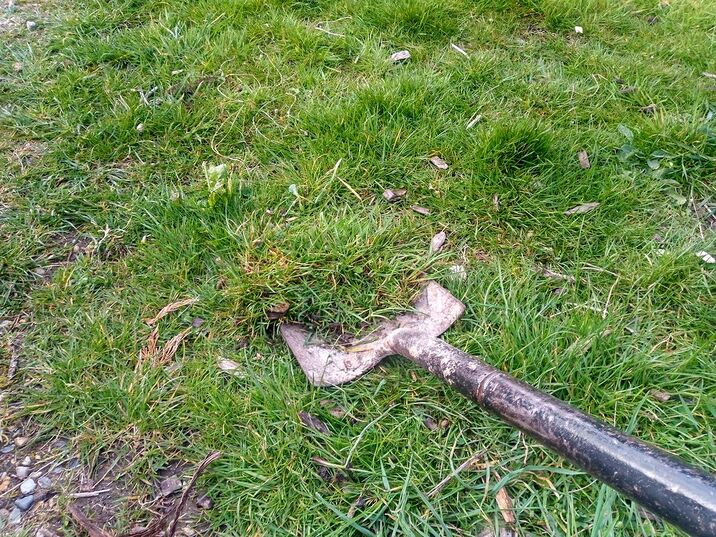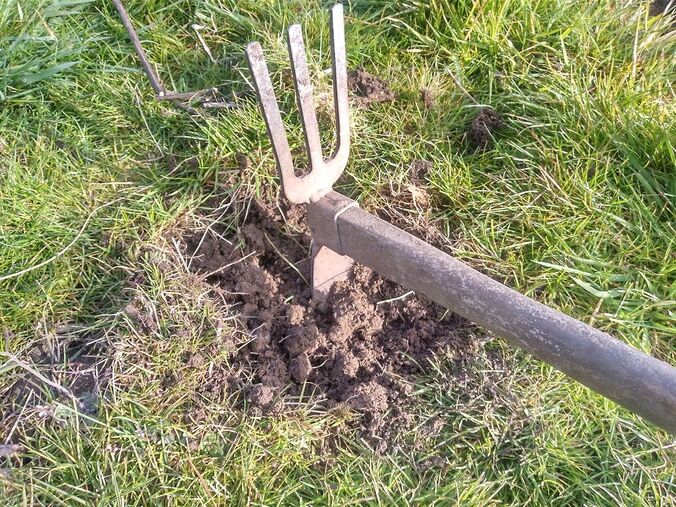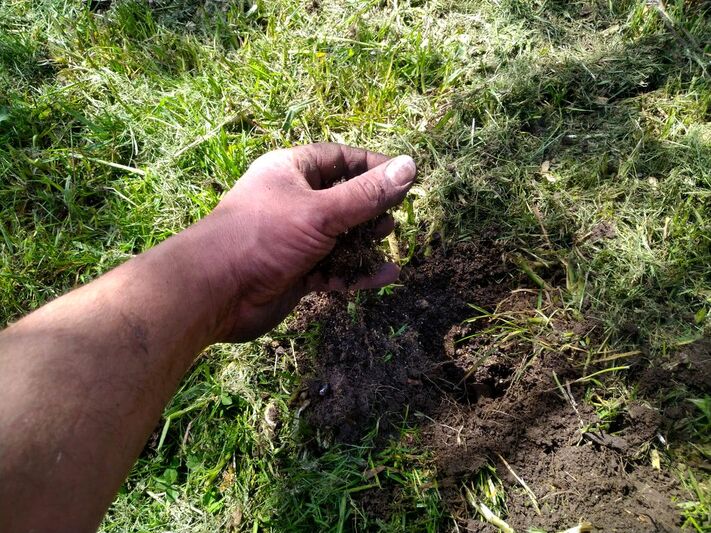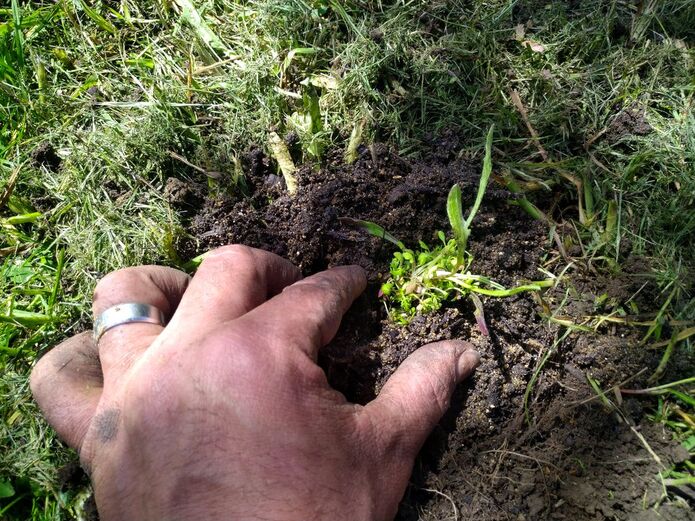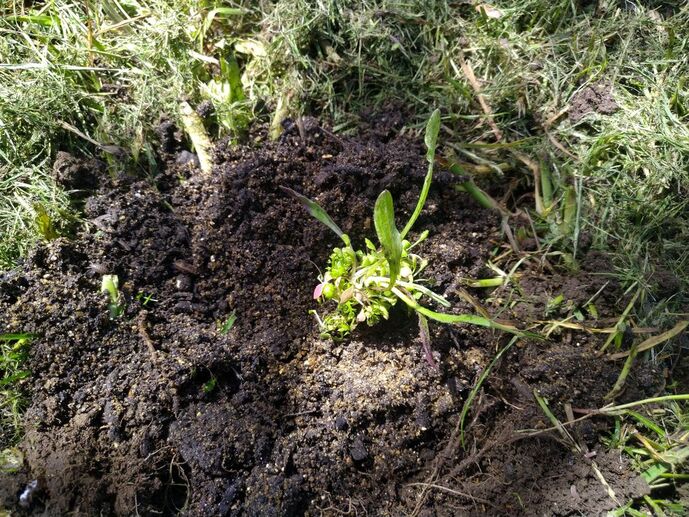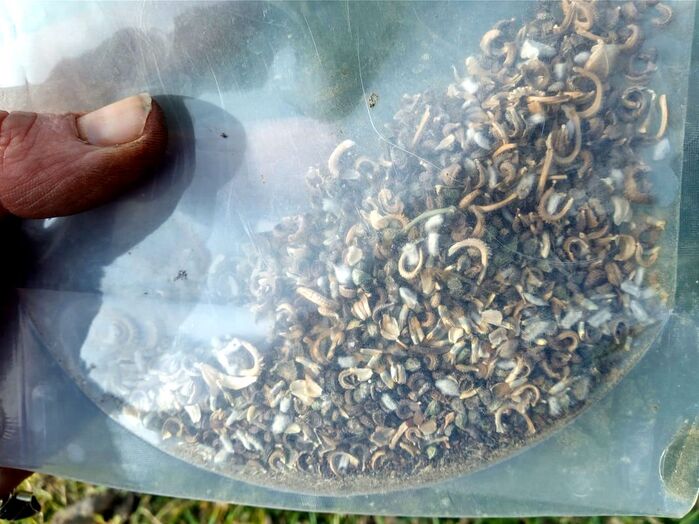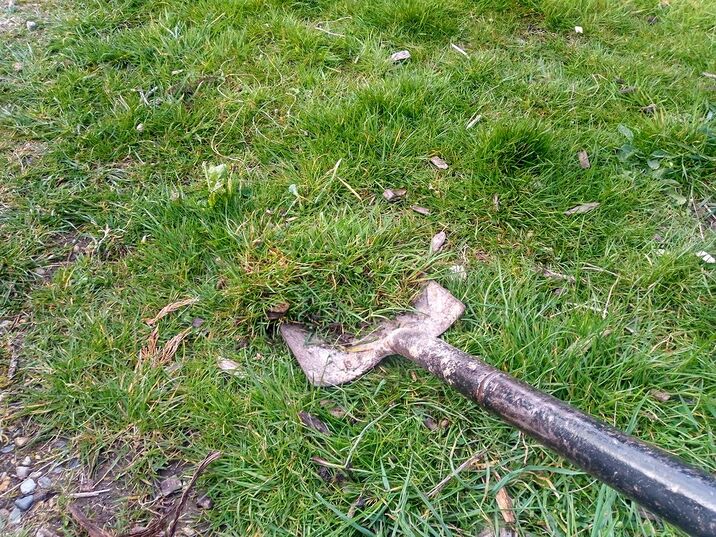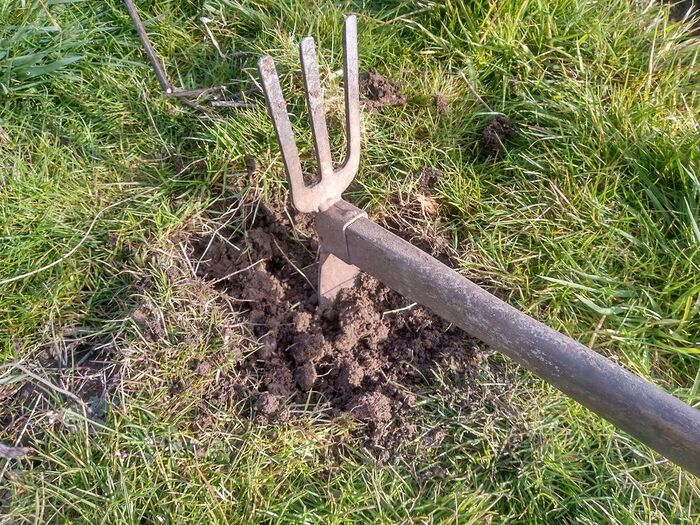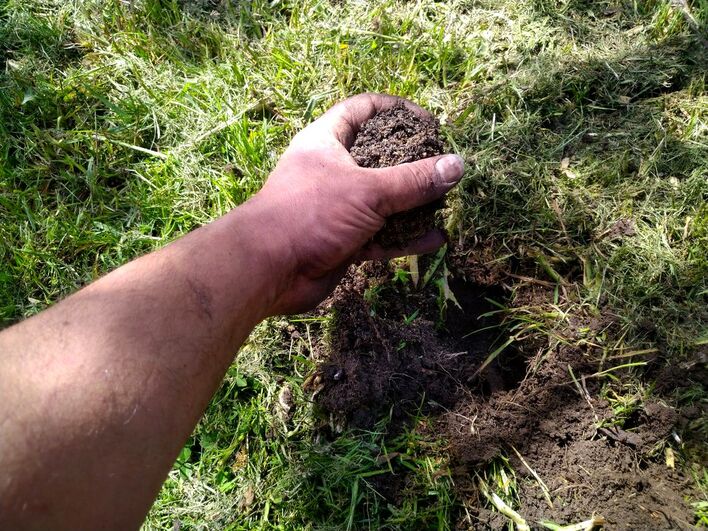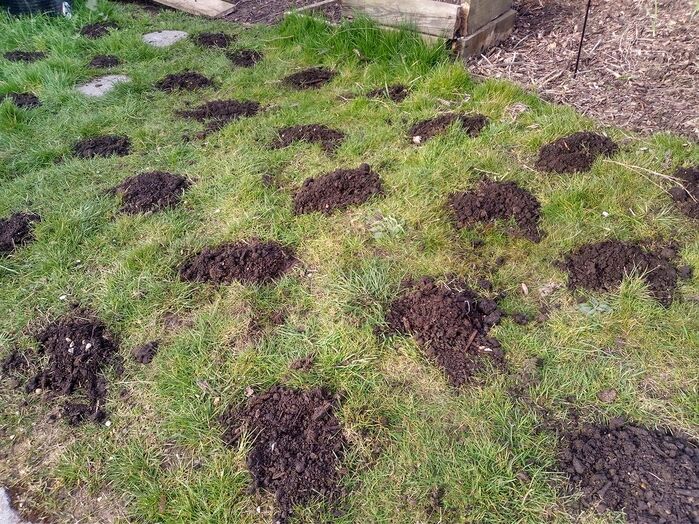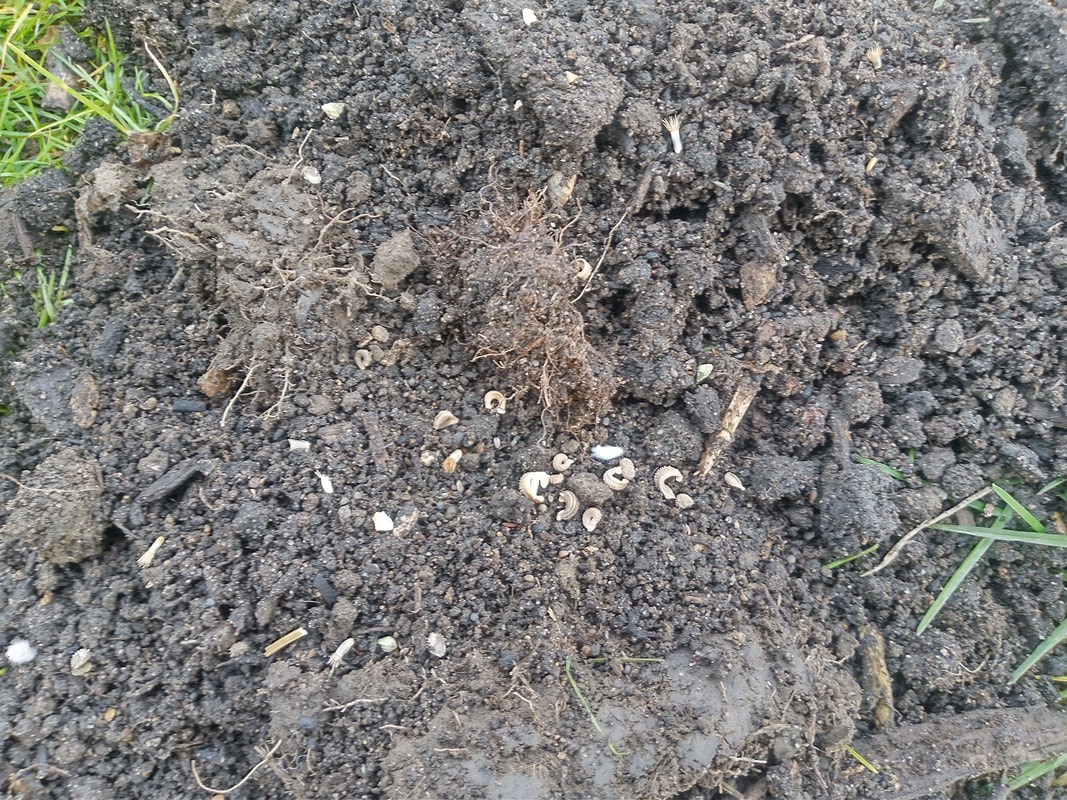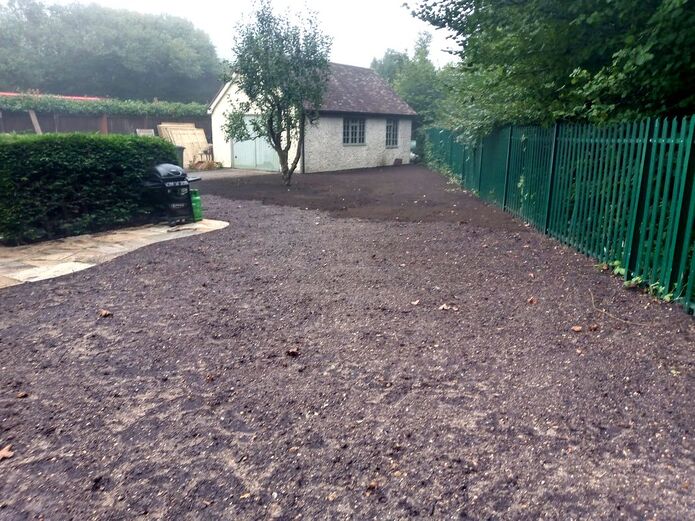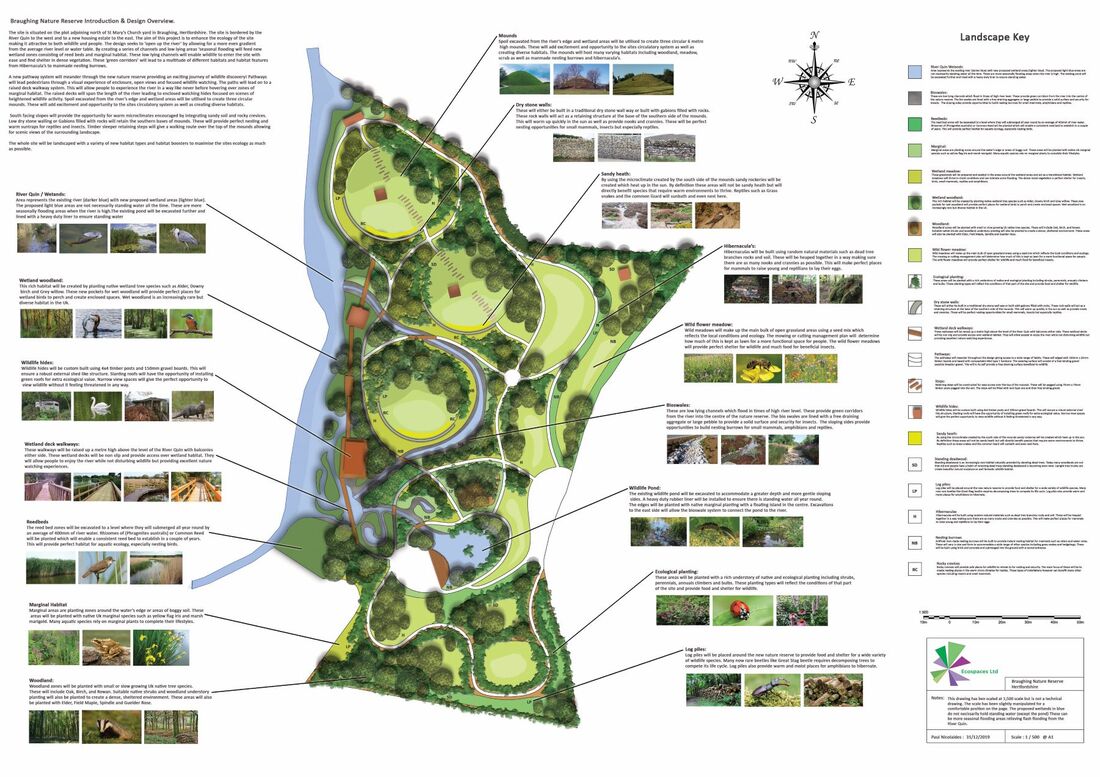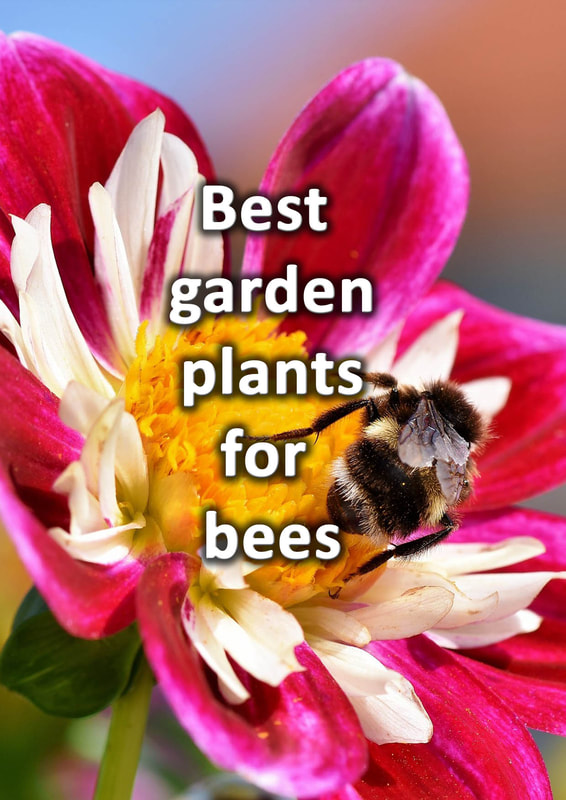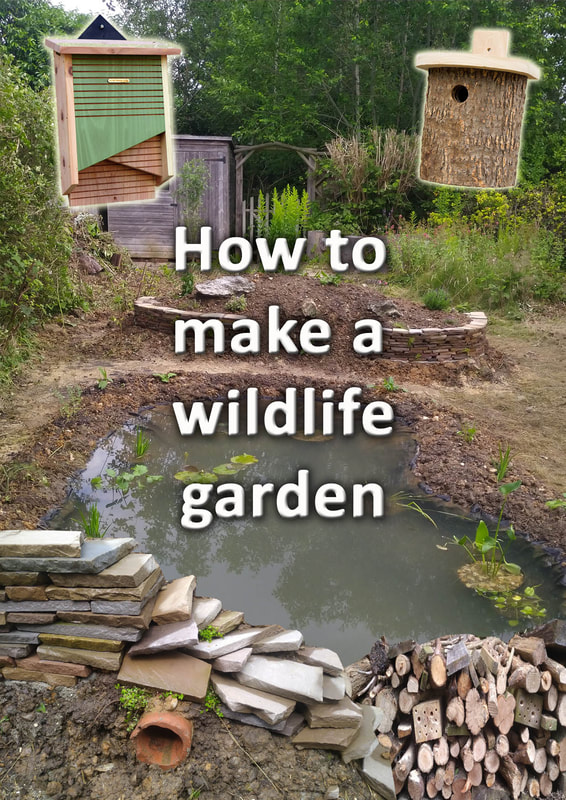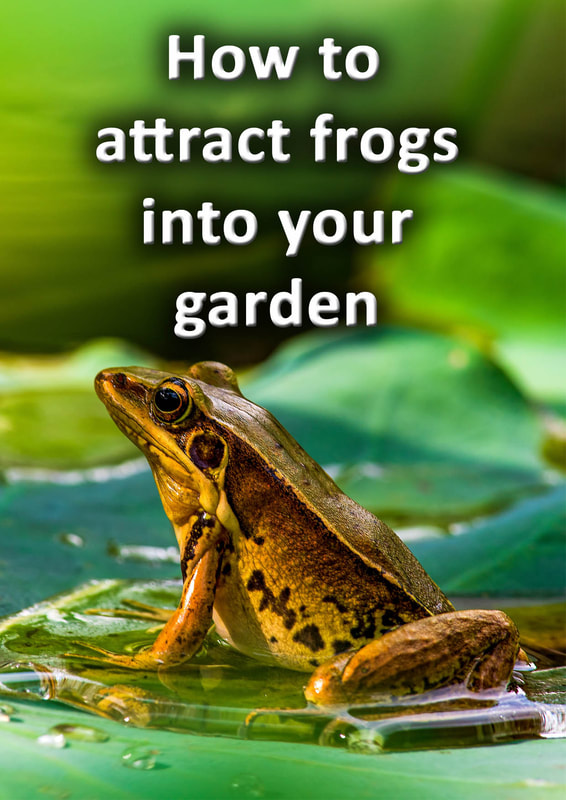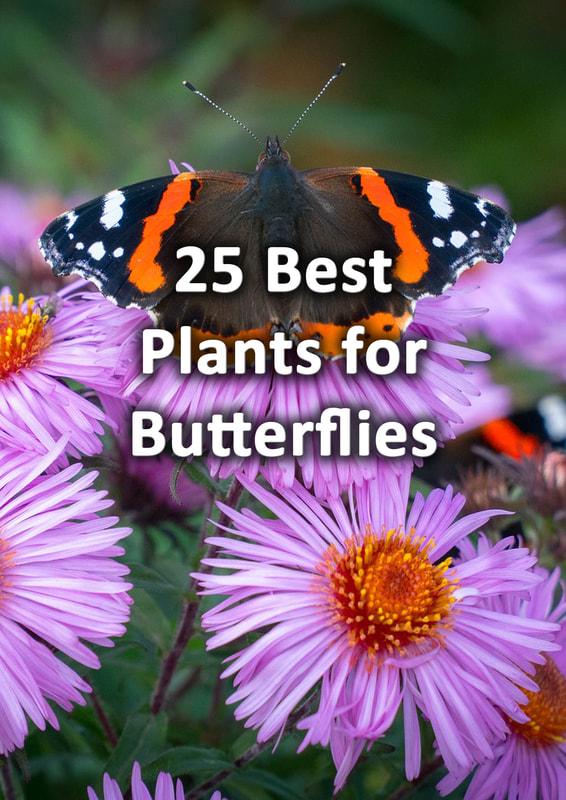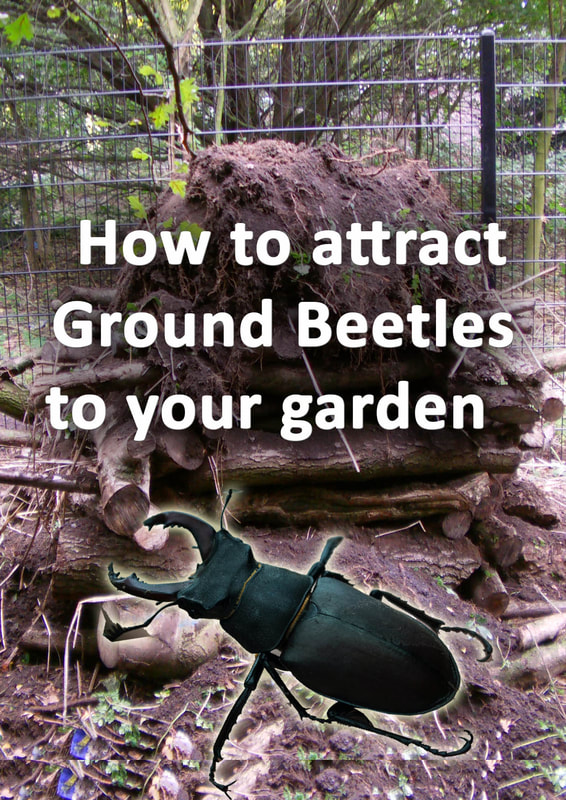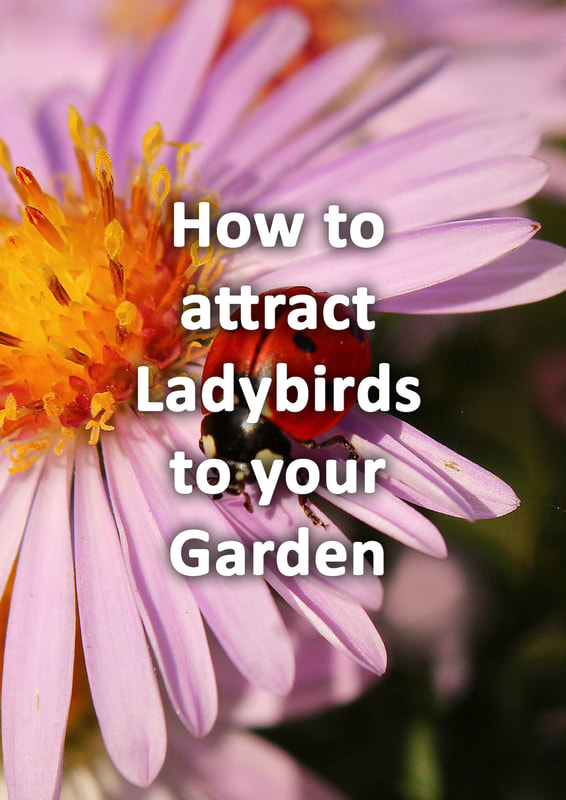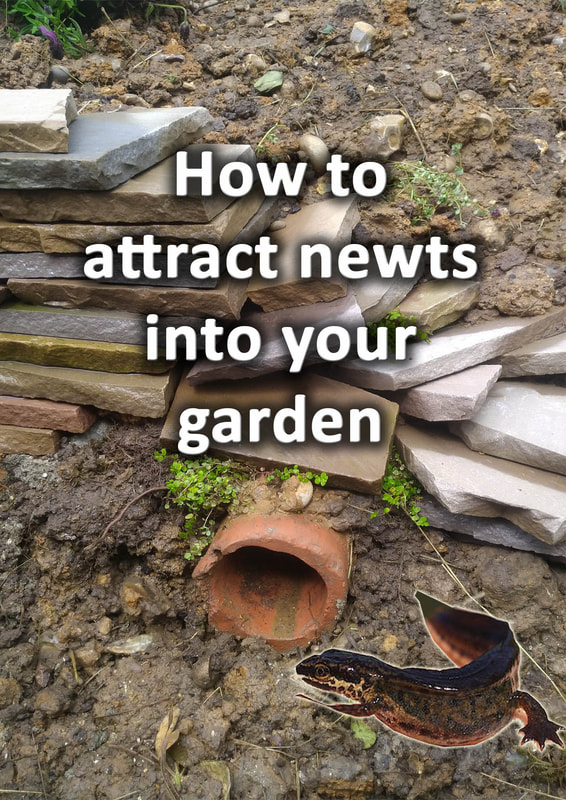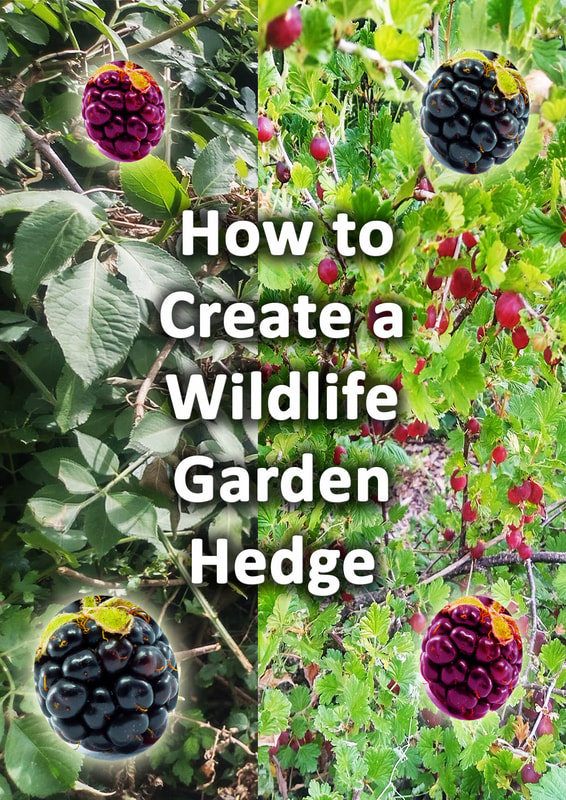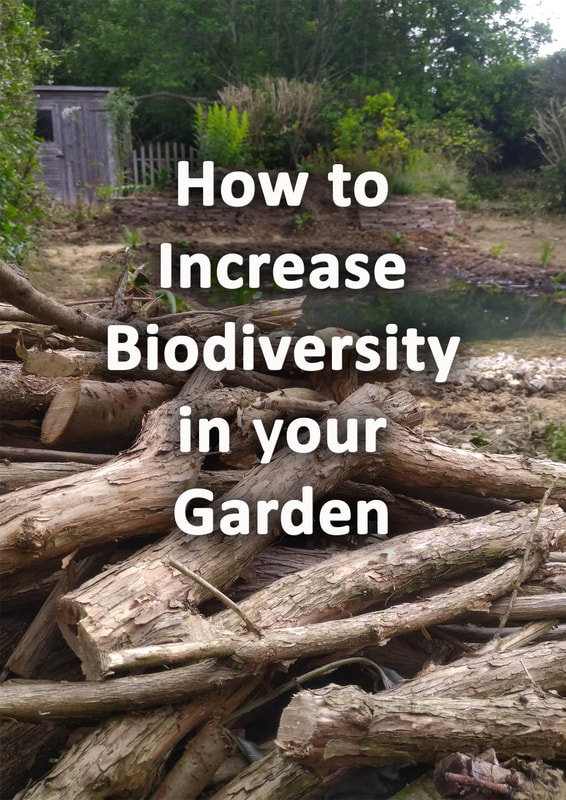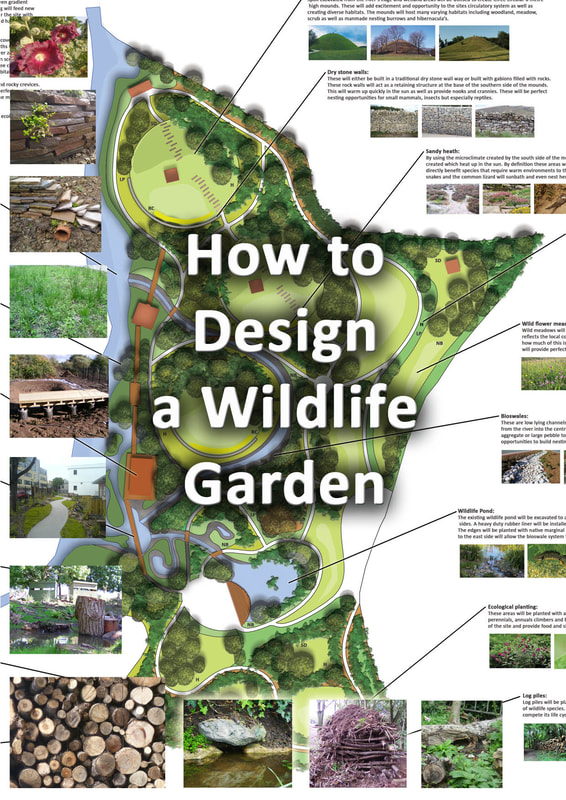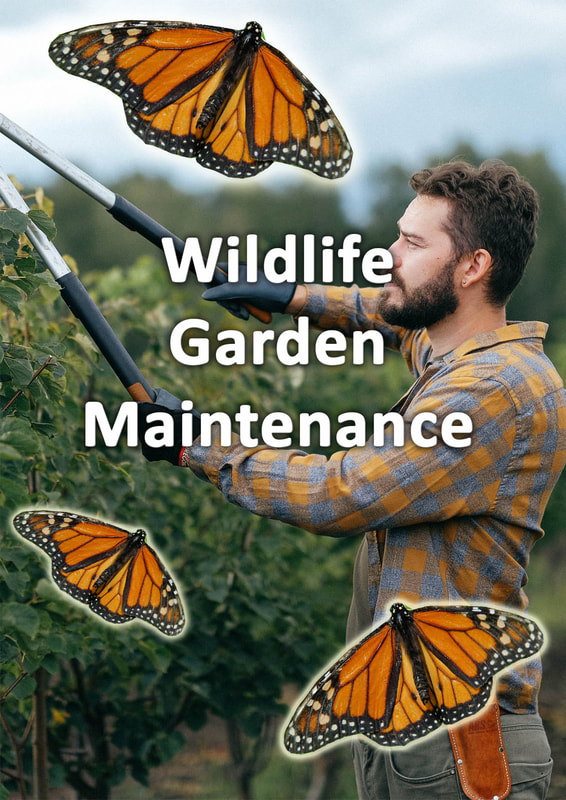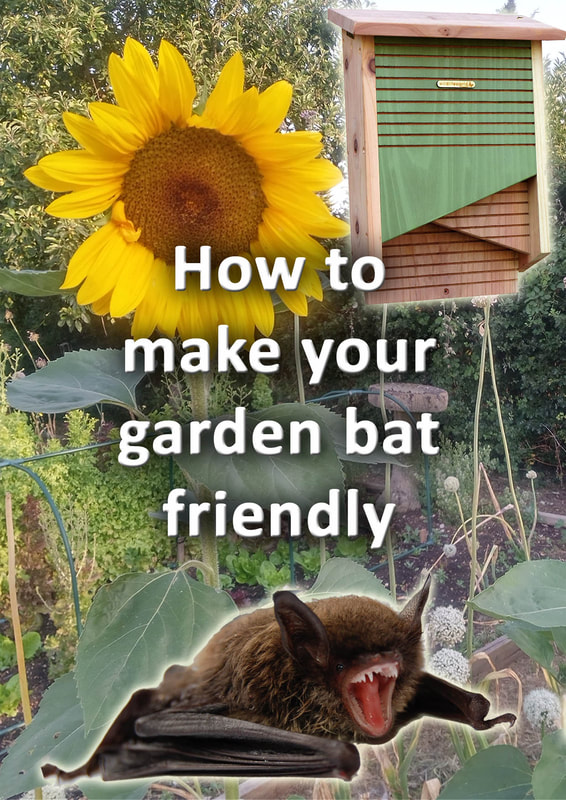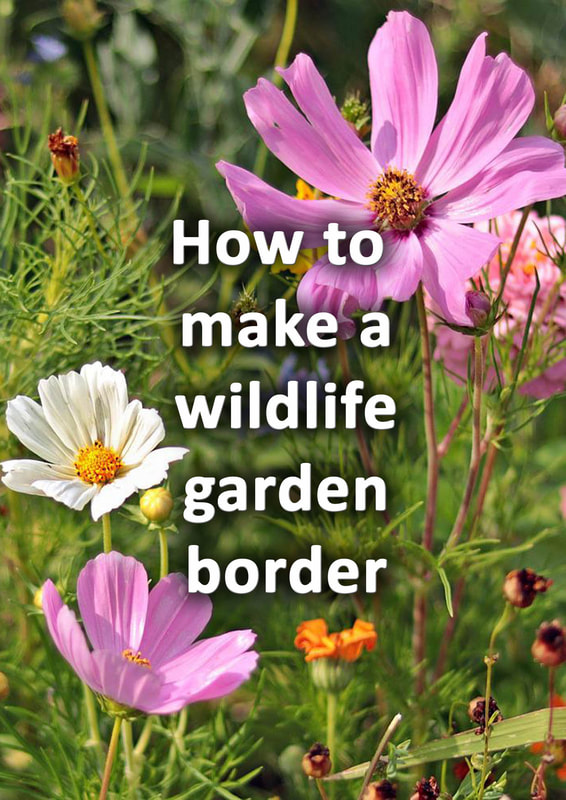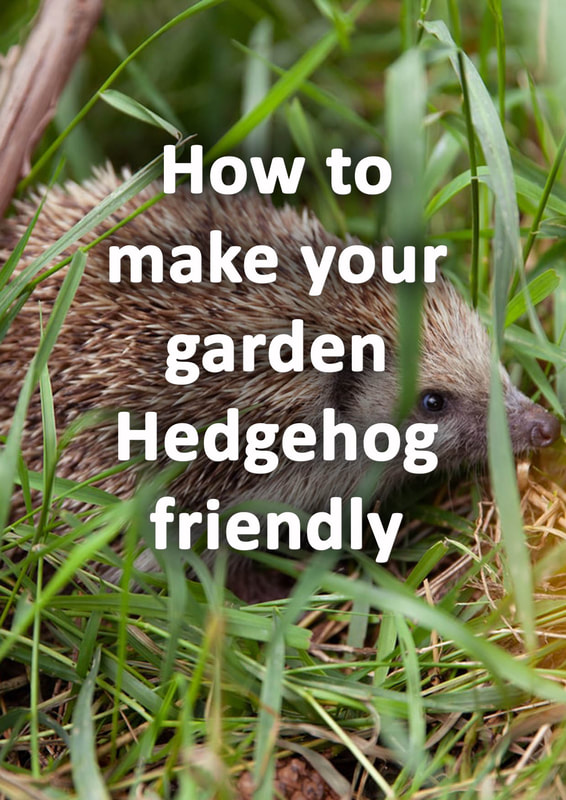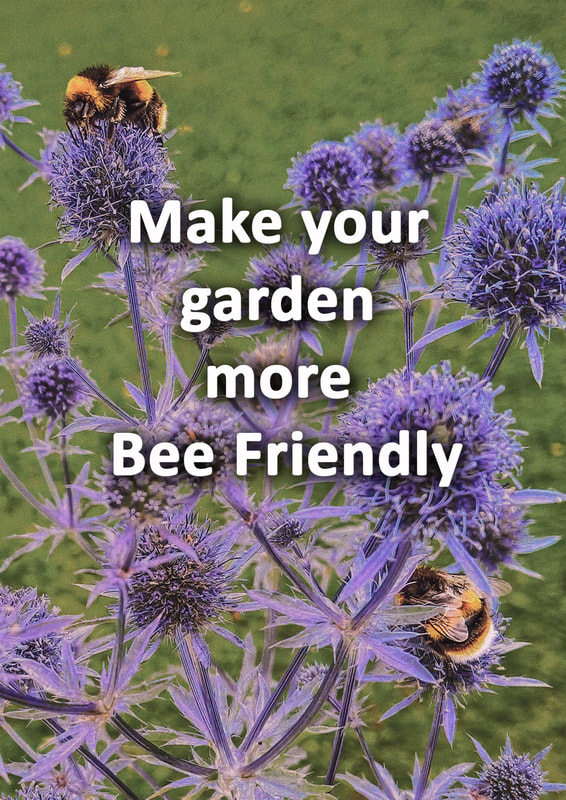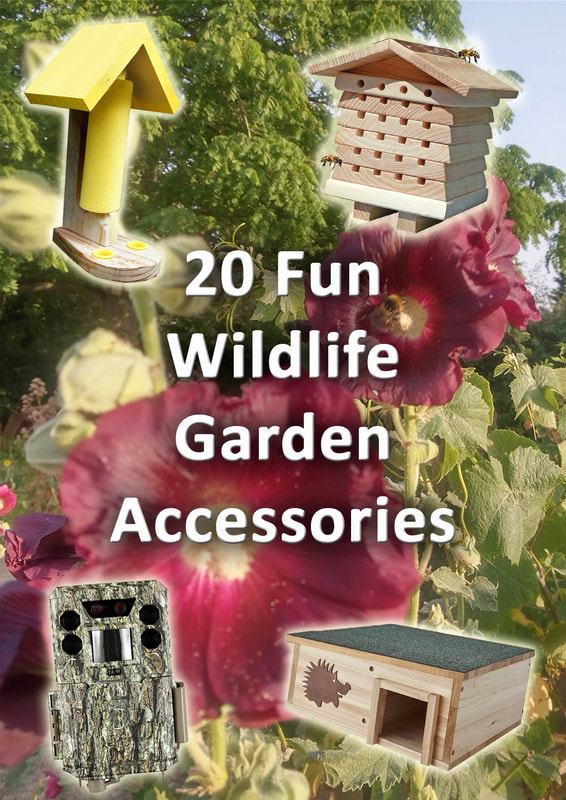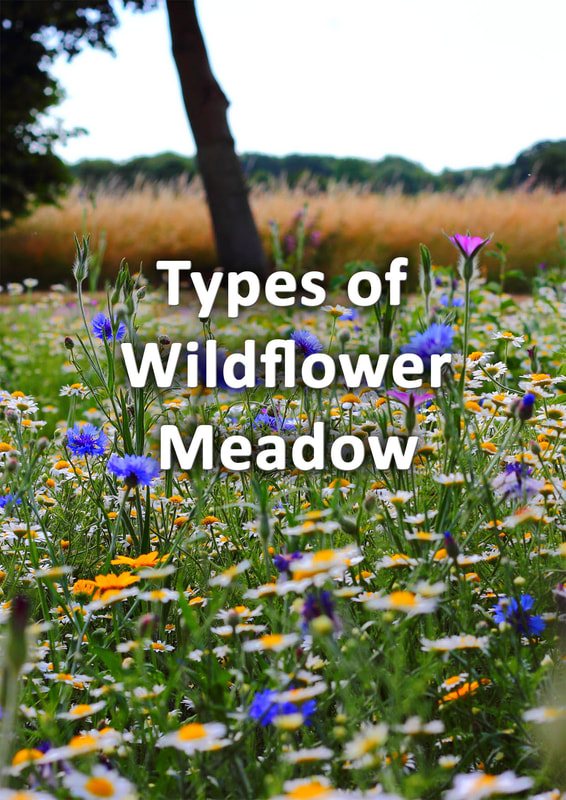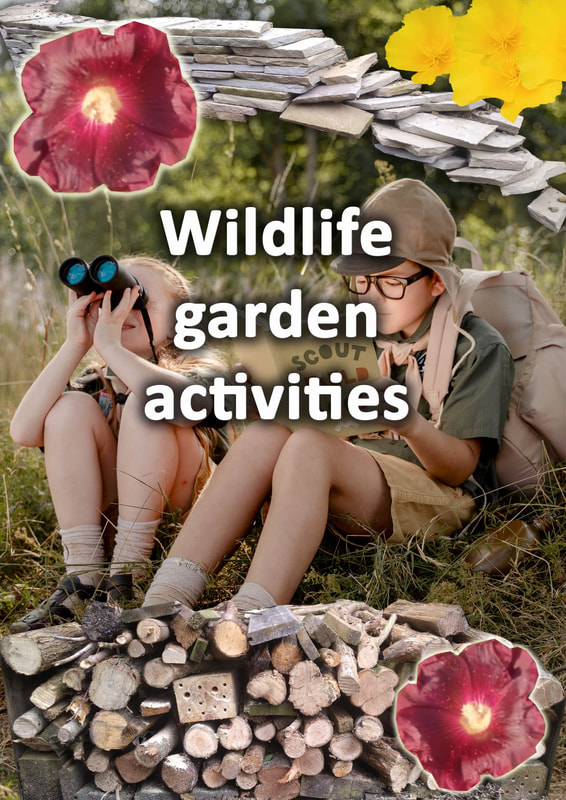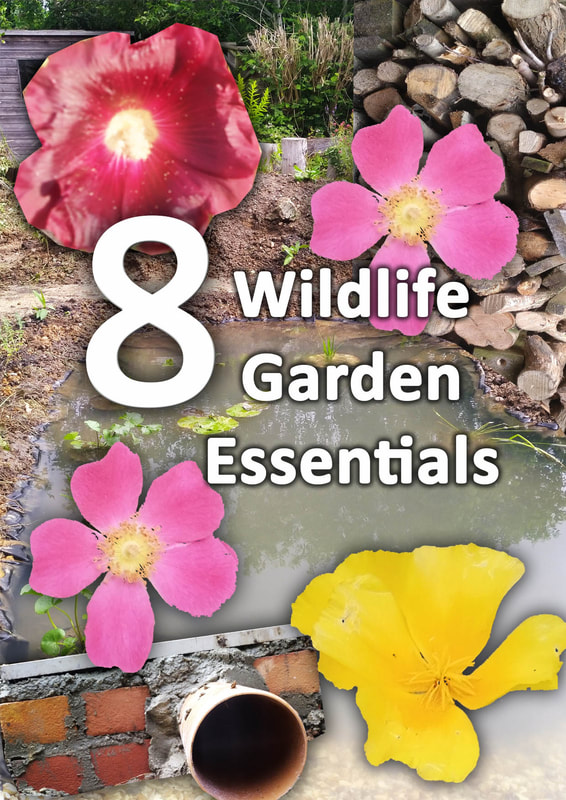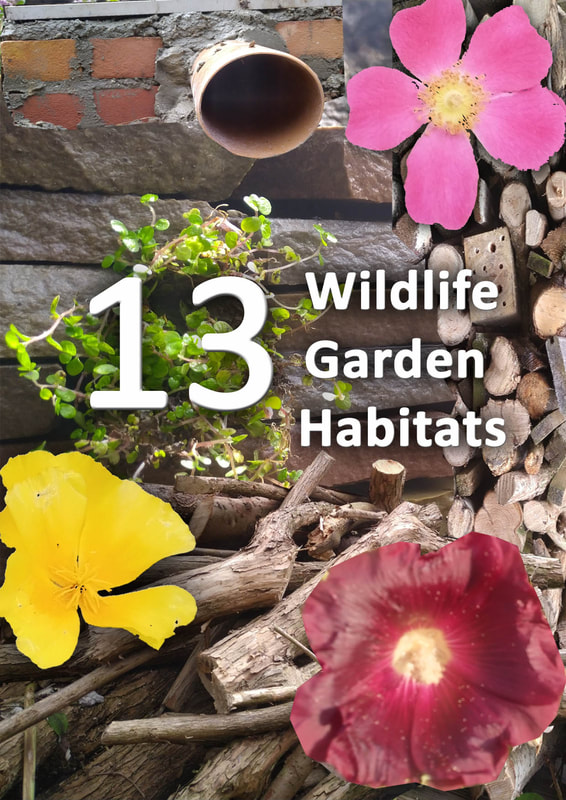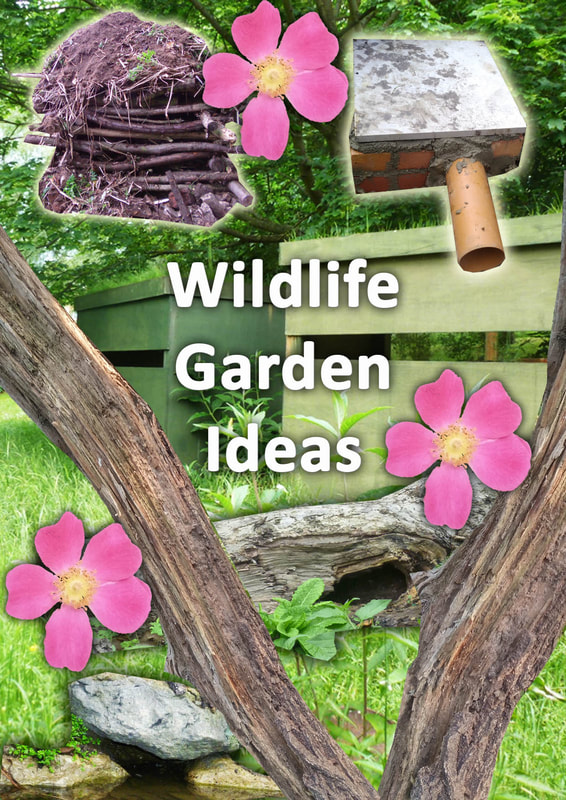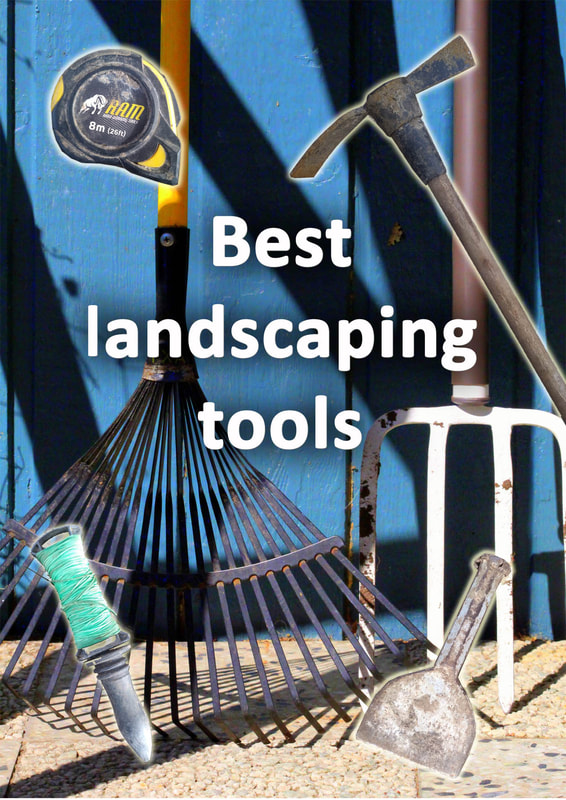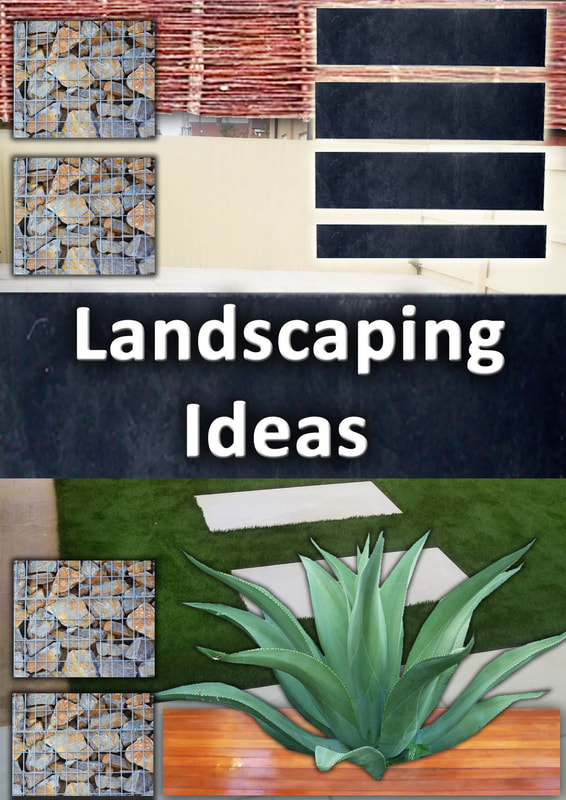|
This article contains affiliate links
Before the days of commercial agriculture, wildflower meadows were a common sight across the rural landscape.
Wild grasslands were allowed to flourish to provide livestock fodder and bedding for the winter months. Unfortunately today, livestock are fed with feeds typically produced from large soya bean plantations. It is such high protein crops which have led to the clearance of rainforests and other important habitats. Therefore wildflower meadows are more than just a trendy landscape feature. Meadows are symbolic of age old agricultural traditions of sustainable food production.
Traditionally wildflower meadows have been ecologically complex swards of native plant communities with a high biodiversity value.
These grasslands created important habitats for many species of small mammals, birds and insects. Therefore with an ever increasing awareness of ecological sustainability there is a growing interest in meadow habitats. Meadows can be incorporated into gardens and urban areas easily and have many benefits! Meadows can; reduce mowing, provide animal bedding, sequester carbon, prevent flooding and boost local wildlife. Here we provide a step by step guide on how to make a wildflower meadow from existing lawn using either seed or plugs. How to make a wildlflower meadow from a lawn with plugs or seedsSite selection
When choosing a lawn to convert into meadow try to plan in practical terms. Which part of the existing lawn is still useful for other activities? Do you still want a central, mowed area for multifunctional activities and play? Have a think about what parts of the lawn are most suited for a wild meadow. Perhaps your children have grown up and you no longer need an expansive green space. In this case, you can simply have mown pathways that provide easy access through the meadow. Bear in mind that meadows have traditionally grown on open, sunny sites. Therefore it is best to convert sunnier areas of the garden to wildflower meadow. Species selection
It is important to remember however that there are many different types of wildflower meadow. Some grasses and wildflowers are naturalised to varying environments. Some species are endemic to woodland glades and forested edge habitats. This makes these species more suited to shadier gardens. Some species are adapted to wetland areas or seasonally flooded wildflower meadows. These can be successfully established in boggy areas or gardens which flood easily.
Today, many wild seed suppliers have specific mixes for every regional habitat. These can cover a range of soil types and conditions.
Most suppliers have general meadow mixes which contain many species of wildflowers. The idea here is that the species most suited to your site will out compete the less suited. Ground preparation
Wildflower meadows prefer soil with a low fertility. Therefore if you are converting a lawn to meadow it is best to remove grass clippings. If you already do this then there is a good chance your lawn is already nutrient poor. Most lawns are easy to convert into meadows as they already have existing wildflowers and low nutrient levels. Using a strimmer, cut the grass right down to the soil all over and rake off any loose material. You want the lawn to be scalped to the base to give wild flowers a sporting chance. This is best done in the autumn or the springtime.
Lawns generally have been compacted over many years which can make it challenging for wildflower roots to establish.
Therefore it is good to break up areas and work them to a loose texture. Remove a few small sections of turf every square metre. These bald patches will enable you to start off wildflowers before surrounding grasses take over. Work your new mini planting areas to loose soil so your wildflowers can establish. Wildflower plugs or seeds which is best?
There are two main ways of making a meadow from an existing lawn, seeding and plugs. Seeding is simply applying a wild meadow seed mix to the soil. Plugs are clusters of wildflowers in small plug pots which have to be individually planted. There are advantages for using both, plugs are very reliable but much more expensive. Seeding is dramatically cheaper per square metre and much faster to apply. With plugs you have to individually plant every plant but the major hurdle of germination is already overcome. The main advantage of plugs is you already have small plants. Sometimes with seed you are not sure if seedlings are wildflowers or other weeds. There is also the threat of birds disturbing the surface looking for seed. However I would advise to a little bit of both, plant plugs at a lower density and seed the rest. How to create a wildflower meadow with plugsStep 1
Prepare the lawn by strimming grass down to the soil level and raking off the clippings.
Step 2
Scalp off sections off lawn with roots around 100mm x 100mm per plug plant. Make sure you work each planting cube to a loose and friable soil.
Step 3
Loosen the soil in each scalped section of the lawn to a minimum depth of 30mm
Step 4
Add a handful of loose topsoil to the prepared section of lawn. It is best to use nutrient poor soil or topsoil mixed with sand.
Step 5
Plant the plugs directly into the small planting pits you really want at least 4 per square metre. Many plugs have a few seedlings per plug, if you are careful you can divide these into extra plantings.
Step 6
Water your seedlings well into position, if you encounter long dry spells make sure they are watered well.
Step 7
Keep an eye on your plants, try to keep soil around the plugs clear for the first 6 months.
How to create a wildflower meadow with seed
Step 1
Prepare the lawn by strimming grass down to the soil level and raking off the clippings.
Step 2
Scalp off sections off lawn with roots around 150mm x 150mm at a frequency of 6 per square metre.
Step 3
Loosen the soil in each scalped section of the lawn to a minimum depth of 30mm
Step 4
Mix up some sharp sand and topsoil and apply a 10mm layer to the prepared patches.
Step 5
Wait for a warm and dry, spring or autumn day with some substantial rain forecasted. Rake the seeding areas to an even and level surface.
Step 6
Spread your seed as evenly as possible over the surface at the recommended density. Sprinkle course sand over the surface to help anchor the seeds to the soil.
Step 7
With a fine spray or sprinkler water the new meadow so the soil settles. Keep an eye on your germinating seeds to keep track of progress.
During the coming growing season your new meadow should be an explosion of colour and wildlife!
Wildlife garden & meadow services
Buckinghamshire landscape gardeners are experts in wildlife garden design and construction. Acting as the domestic landscaping part of Ecospaces we have over 20 years experience in ecological landscaping and sustainable construction. If you are interested in our wildlife garden services please do not hesitate to contact us. Our wildlife garden services include:
Thank you for reading our article on how to create a wildflower meadow from lawn. If you found it useful why not comment and share!
We would love to see pictures of meadows you have created from this article! You can send them via our contact page here!
'As an Amazon associate I earn from qualifying purchases'
5 Comments
9/14/2022 01:53:20 am
Thank you for sharing tips for making meadows, is there any more maintenance for grass?
Reply
6/5/2024 08:17:06 pm
What was the traditional role of wildflower meadows in rural landscapes before the rise of commercial agriculture? Visit us <a href="https://fam.awomg.de/kunden/awo/ttw.nsf/setSizeMode?CreateDocument&url=http%3A%2F%2Ftelkomuniversity.ac.id&action=dec">Telkom University</a>
Reply
7/3/2024 09:53:03 pm
After browsing your website, I got very good information, thank you. Regard <a href="https://journals.telkomuniversity.ac.id/">Telkom University</a>
Reply
Leave a Reply. |
The Author
|
Landscaping services across Buckinghamshire, Amersham, Aylesbury & High Wycombe
Hyde Heath, Amersham, Buckinghamshire |
|

